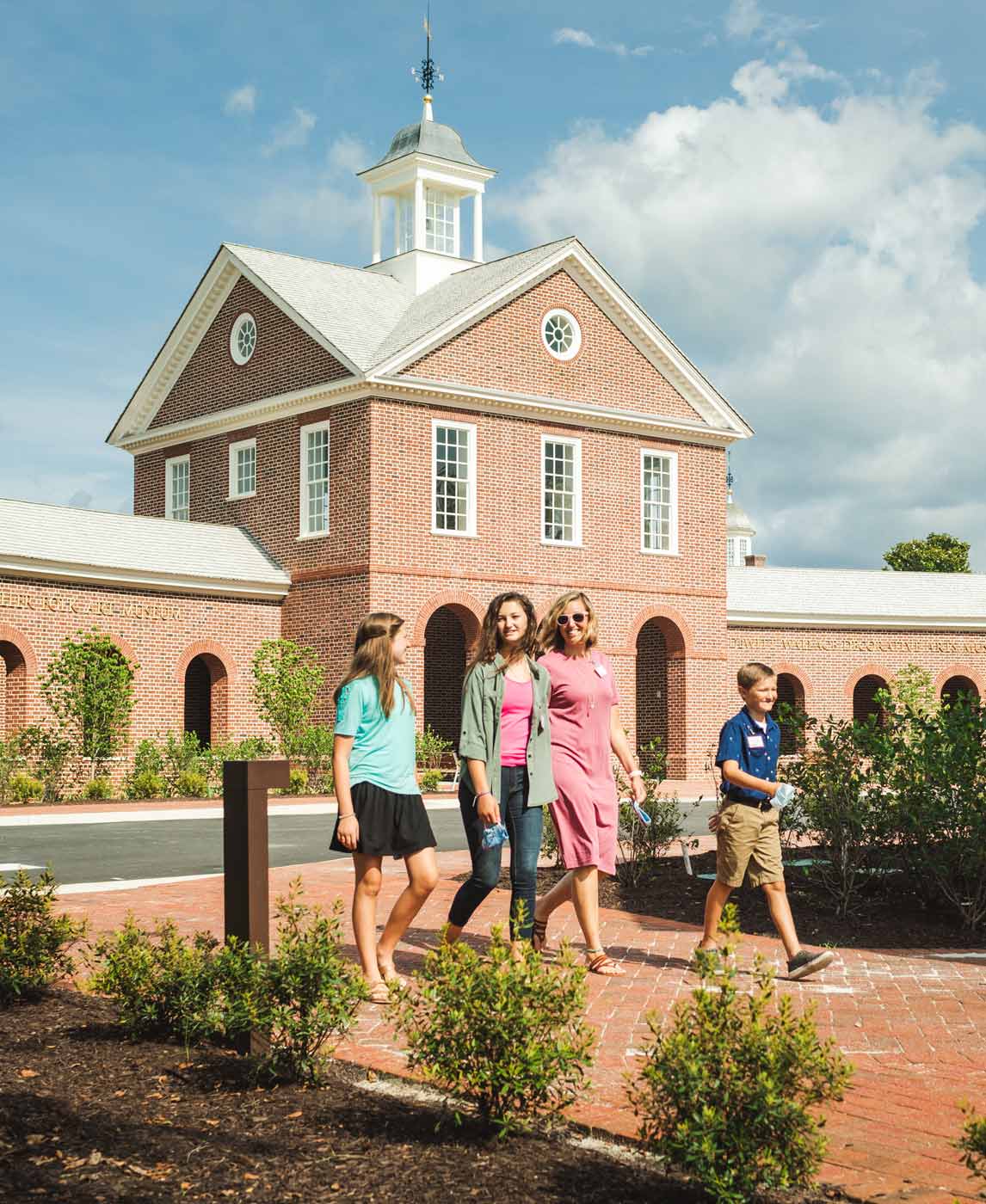An unusual piece of history was entrusted to the National Museum of the Marine Corps on Wednesday.
A dense, heavy piece.
Twenty-eight pounds of steel, to be exact.
“The sledge,” as its last private owners called it, is the head of one of the sledgehammers that Marines used to batter the doors of abolitionist John Brown’s hideout at Harpers Ferry on the eve of the Civil War.
Officials at the museum in Triangle received the rare artifact with delight and fanfare yesterday from the West Virginia family who had preserved it since 1914.
Four generations of the Rissler family — ages 7 to 94 — were on hand for the ceremony beneath the soaring “mast” of the museum’s distinctive atrium. The building’s design echoes the profile of the Marines raising the U.S. flag atop Mount Suribachi on Iwo Jima during World War II.
Eighteen Rissler family members came from Charles Town, as well as North Carolina and Maryland, to participate in the hand-over.
Having four generations attend such an event was a first for the 5-year-old museum, Director Lin Ezell said. “To the whole Rissler family, we are so grateful for what you’ve done and the decision you’ve made,” she said.
An important addition to the museum’s Civil War collection, the artifact will be put on display in the museum’s “Defending the New Republic” gallery as soon as a special case can be built, Ezell said.
An exhibit in that gallery, with a giant mural, photos and a diorama, interprets the Marines’ assault on the Harpers Ferry fire-engine house where Brown and his raiders took refuge.
Gretchen S. Winterer, curator of the museum’s general collection, told those assembled for yesterday’s ceremony that the sledgehammer recalls “a very turbulent time” in American history.
Raiding the U.S. arsenal at Harpers Ferry, Brown seized about 40 hostages, Winterer said. He aimed to arm slaves and start a revolt throughout the South.
President James Buchanan ordered the Marine Corps to quell the revolt and restore peace to the Potomac River town. Responding overnight, Marines were outside the engine house, with Col. Robert E. Lee and J.E.B. Stuart of the U.S. Army, on Oct. 18, 1859.
They attempted negotiating with Brown, but when that failed, three Marines wielding sledgehammers tried to break down the firehouse’s wooden doors, Winterer said.
When that didn’t work, the Marines grabbed a heavy ladder, penetrated one of the doors, crawled inside and seized the raiders. One Marine, Luke Quinn, was killed. Brown was captured, tried for treason and hanged.
The raid and Brown’s trial inflamed sectional feelings over slavery, and set the stage for the war to come.
Winterer accepted the artifact on behalf of the museum, calling it “an honor and a privilege” to work with the Risslers on their donation.
“Artifacts such as this connect us with our past,” she said. “This one shows us that Marines answered yet another call to duty to defend our nation. I can’t imagine a better place for it to be than the National Museum of the Marine Corps, where we represent the Marines who wielded this sledgehammer and continue to represent their brothers and sisters.”
With that, family matriarch Alice J. Rissler rose from her wheelchair and walked to a table to sign the legal paperwork conveying the hammer to the museum, as two Marines in pre-Civil War-style uniforms looked on.
Ron Rissler of Uinta Farm near Charles Town, the family’s home place since 1855, said its members unanimously settled on the museum as the best spot for it.
They were prompted to act after he heard retired Marine Lt. Gen. George R. Christmas, the museum foundation’s president, speak in Harpers Ferry on the 150th anniversary of Brown’s raid, Rissler said. Christmas, who hosted the family yesterday, smiled at the memory.
“The Marines were told to take part in this assault with unloaded muskets, just bayonets, because they didn’t want to harm any of the hostages,” Rissler said. “These men, within 24 hours of being on guard duty at the Navy Yard in Washington, led the assault. That’s what I believe the Marine Corps is all about.”
Emails exchanged with Winterer, followed by a visit to the museum this spring with his wife, persuaded Rissler and the family to donate the sledge, which had been sought after by the National Park Service and two local historical societies near Charles Town, Rissler said.
The Marine Corps museum has welcomed 2.5 million visitors since it opened in 2005, Ezell said.
“But people don’t come here because we have a nice building. They come for the real stuff of history. They want to be up close and personal with real things,” she said.
“For us to collect 20th- and 21st-century things, that’s not so hard. But to go back to the 19th century? That’s hard. Not many times does something come along that’s over 150 years old.”
Aaron Cook



Comment